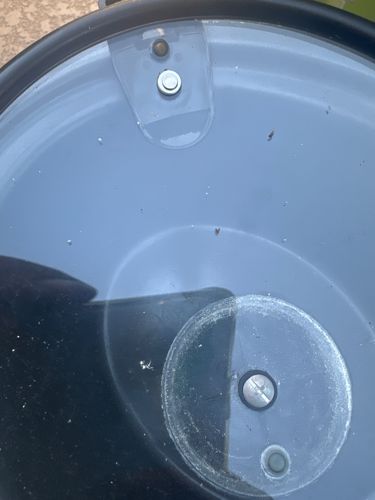Fungus Gnat
Scientific Name: Bradysia spp. (most common genus, but many others exist)
Order & Family: Order: Diptera, Family: Sciaridae (dark-winged fungus gnats) or Mycetophilidae (fungus gnats)
Size: Adults are typically 1/8 to 1/4 inch (2-5 mm) long.

Natural Habitat
Moist soil, especially in potted plants, greenhouses, and areas with decaying organic matter. They thrive in overly watered conditions.
Diet & Feeding
Larvae primarily feed on fungi, decaying organic matter, and plant roots. Adult fungus gnats do not typically feed.
Behavior Patterns
Fungus gnats are attracted to moist environments and decaying organic matter where they lay their eggs. Larvae feed on fungi and decaying plant material in the soil. Adults are weak fliers and are often seen flying around houseplants. Their lifespan is short, typically about 7-10 days for adults.
Risks & Benefits
Potential Risks: Fungus gnat larvae can damage plant roots, especially in seedlings and young plants, leading to stunted growth or wilting. They can transmit plant diseases. Potential Benefits: In some ecosystems, they can contribute to decomposition, but in home or garden settings, they are mostly considered pests.
Identified on: 8/29/2025